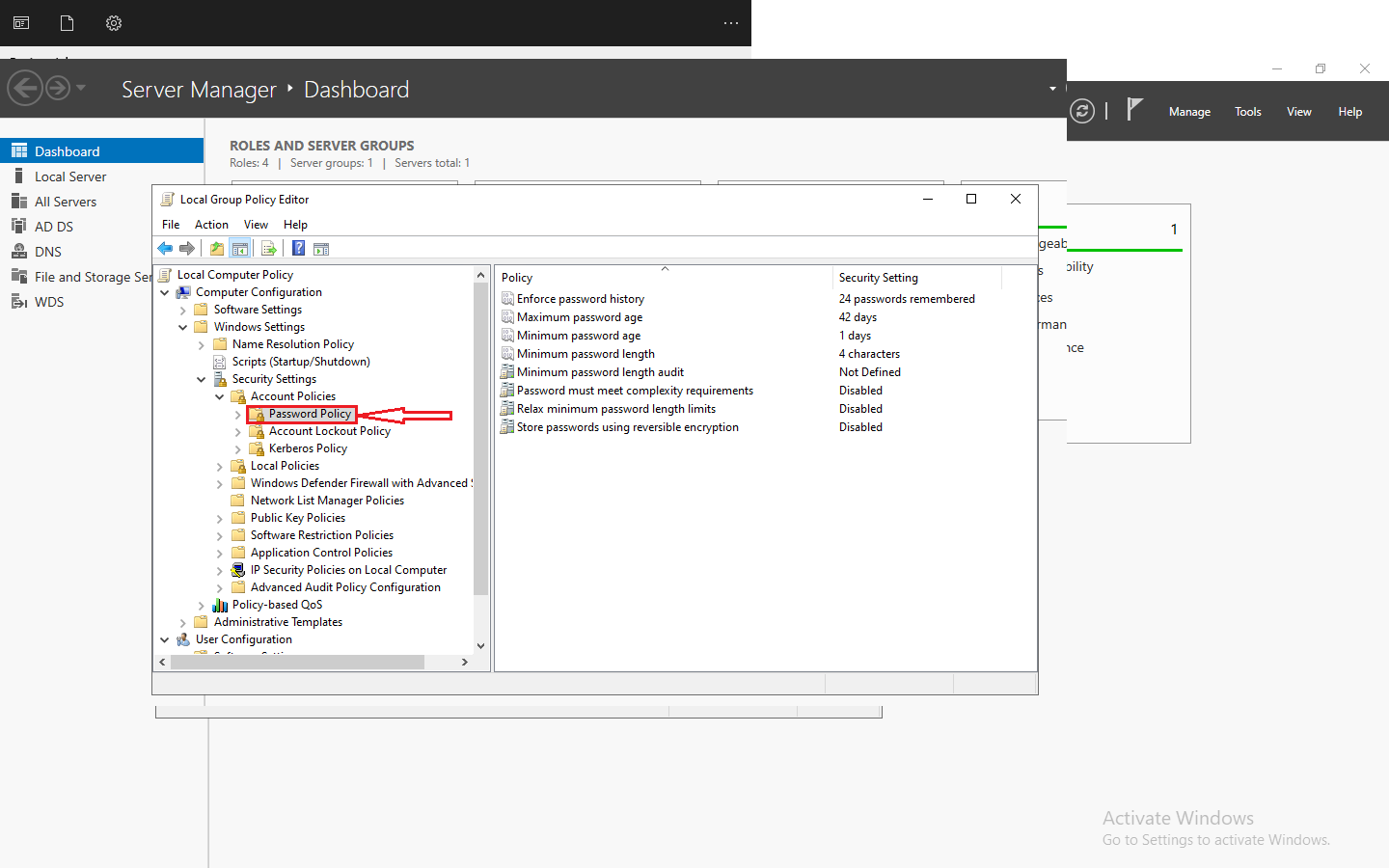Introduction to Virtual Machine Files
To understand the architecture and functionality of a VM in a VMware vSphere environment, it is crucial to recognize that a VM is essentially a collection of files. These files, stored in the VM’s Datastore folder, are more than just data storage—they represent the structural and operational components of the VM itself.
Virtual machine files
Virtual machines are complex systems that rely on a variety of file types to function properly. Let’s dive into the different types of virtual machine files you’ll encounter:
Virtual machine disk files
Virtual machine disk files, often referred to as VMDKs, are the primary storage containers for your virtual machine’s data. They hold the operating system, applications, and all the information required to run your virtual machine. These files are crucial for the virtual machine’s performance and reliability.
Virtual machine configuration files
Virtual machine configuration files, typically with the extension .vmx or .vmconfig, store the settings and specifications of your virtual machine. This includes the virtual hardware configuration, such as the number of CPUs, memory allocation, and network adapters. These files are essential for recreating and managing your virtual machines.
Snapshot Files in virtual machines
Snapshot files are created when you take a snapshot of your virtual machine. Snapshots allow you to capture the state of your virtual machine at a specific point in time, enabling you to revert to a previous state if needed. Snapshot files are crucial for backup, restoration, and testing purposes.
Understanding virtual machine log files
Virtual machine log files, such as .log or .vmx.log files, record important events, errors, and activities related to your virtual machine’s operation. These logs are invaluable for troubleshooting and understanding the behavior of your virtual machines.
Managing and troubleshooting virtual machine files
Effective management and troubleshooting of virtual machine files are essential for maintaining the health and performance of your virtual infrastructure. Let’s explore some key considerations:
What are virtual machine files?
Virtual machine files are the digital representations of the hardware and software components that make up a virtual machine. They encapsulate the entire virtual machine, including the operating system, applications, and data, allowing for easy portability and management.
Why are virtual machine files important?
Virtual machine files are crucial because they provide the foundation for virtualization. They enable the creation, deployment, and management of virtual machines, allowing organizations to optimize their IT resources, improve efficiency, and enhance their overall computing capabilities.
Understanding the structure of virtual machine files
Virtual machine files follow a specific structure that is essential for their proper functioning. This structure includes the virtual machine’s configuration, disk files, snapshot files, and log files, all of which work together to create a complete and functional virtual machine.
Common file extensions used in virtual machine files
Virtual machine files use a variety of file extensions, including .vmdk (virtual machine disk), .vmx (virtual machine configuration), .vmsn (virtual machine snapshot), and .log (virtual machine log). Understanding these file extensions is crucial for managing and troubleshooting virtual machines.
How virtual machine files work in VMware
In the VMware ecosystem, virtual machine files are managed and utilized through various tools and interfaces, such as VMware vSphere, VMware Workstation, and VMware Player. These tools provide the necessary functionality to create, configure, and manage virtual machines and their associated files.
Comparing virtual machine file formats – VMDK, VHD, and VDI
While this article has primarily focused on virtual machine files in the VMware ecosystem, it’s important to note that there are other virtual machine file formats available, such as VHD (Virtual Hard Disk) and VDI (Virtual Disk Image). Each of these file formats has its own unique characteristics and use cases.
VMDK (Virtual Machine Disk)
VMDK is the native virtual machine disk format used by VMware. It provides a flexible and efficient way to manage virtual machine storage, allowing for features like snapshots, thin provisioning, and compatibility with various VMware products
VHD (Virtual Hard Disk)
VHD is the virtual machine disk format used by Microsoft’s Hyper-V and other virtualization platforms. It offers a different set of features and capabilities compared to VMDK, making it a viable option for organizations that utilize Microsoft-based virtualization solutions.
VDI (Virtual Disk Image)
VDI is the virtual machine disk format used by Oracle VirtualBox and other virtualization platforms. It offers a different approach to virtual machine storage management and may be preferred by users who require specific features or compatibility with non-VMware virtualization environments.
Understanding the differences and capabilities of these virtual machine file formats can be crucial when working with virtual machines across multiple platforms or when considering the migration of virtual machines between different virtualization environments.
Conclusion
Virtual machine files are the backbone of virtualization, enabling the efficient and flexible management of computing resources. By understanding the different types of virtual machine files, their structure, and how they work within the VMware ecosystem, you can effectively manage and troubleshoot your virtual infrastructure, ensuring optimal performance and reliability. If you’re interested in learning more about virtual machine files and how to effectively manage your virtual infrastructure, consider subscribing to our blog or reaching out to our team of experts. We’d be happy to provide additional guidance and support to help you unlock the full potential of your virtual environment.











